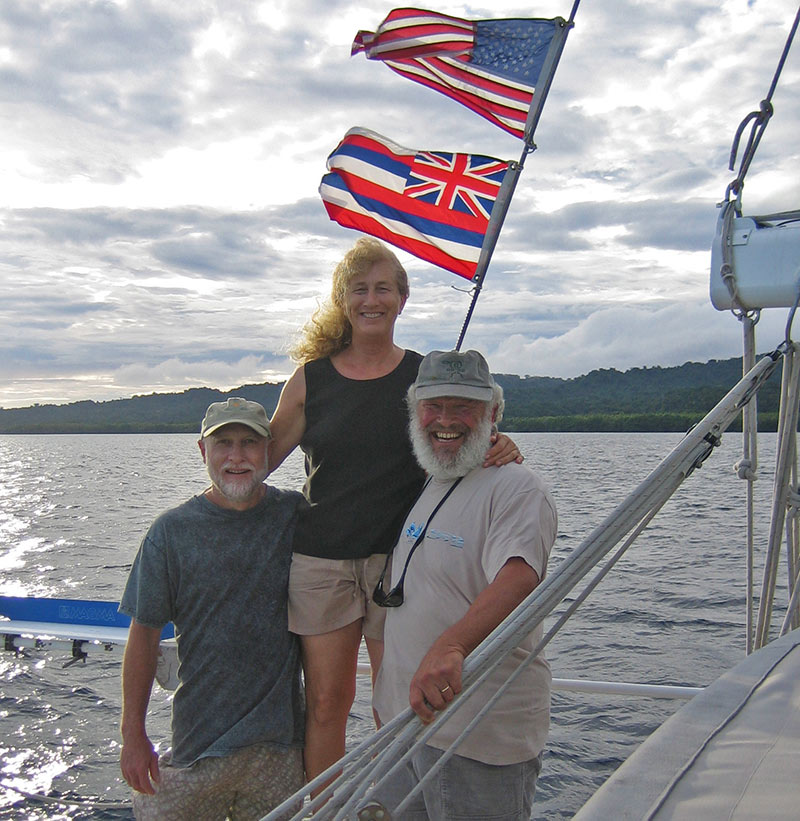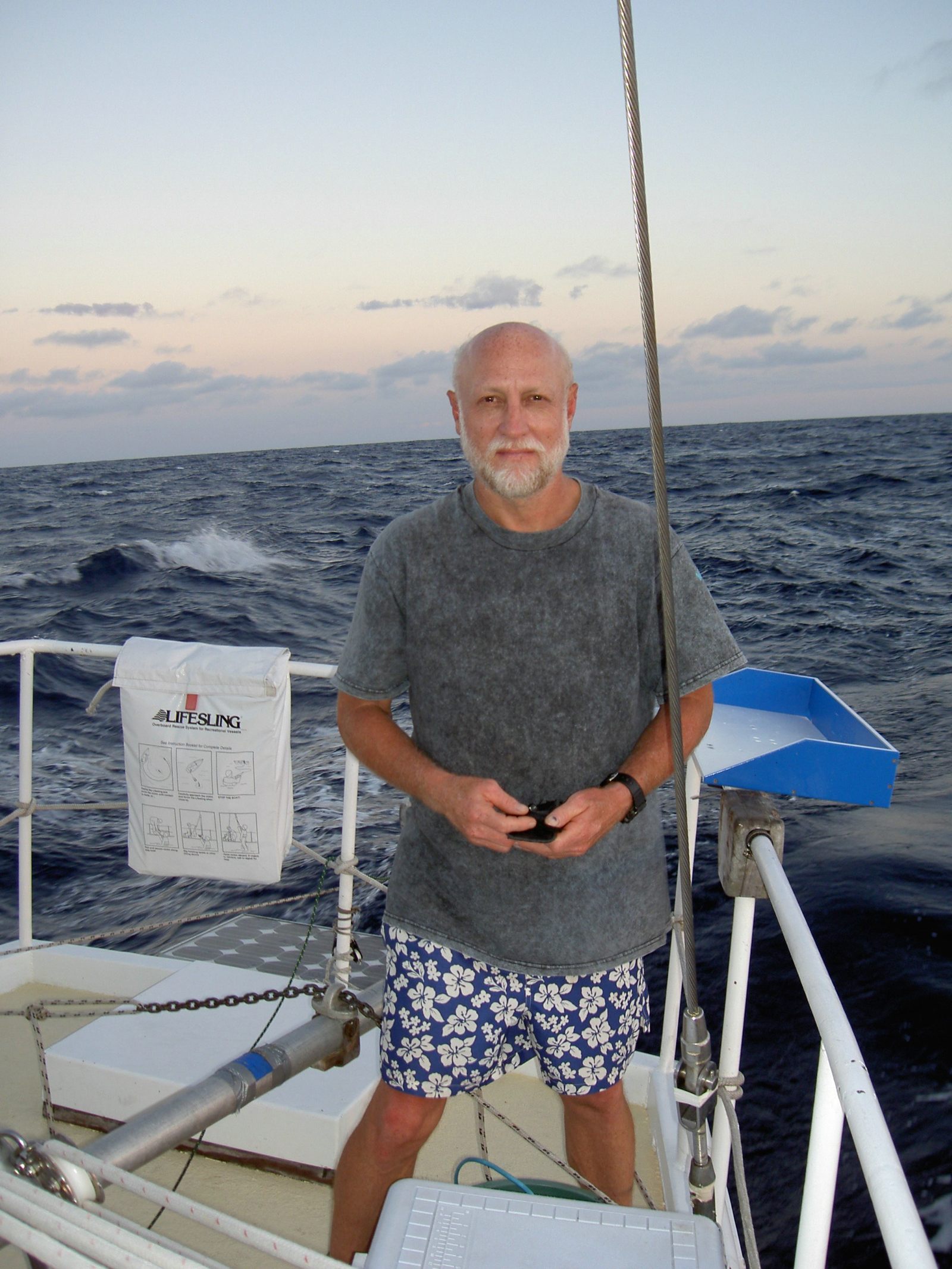Reviews
Kawthoolei
This documentary is stunning work. Simply said, it gives the unheard voices of the repressed Burmese a chance to relate how the government’s cruelty, torture and ethnic cleansing has nearly annihilated them, except for the hope that still lives in the quiet work of women activists. The listener becomes captivated by the determination of these people, and the sounds of their everyday life, as difficult as it may be.
The world has come to know of their aspirations through Aung San Suu Kyi, but just as eloquent are the voices of women who have organized illegally to advance not only their people’s survival but dreams of a peaceful homeland. Kawthoolei is the name the Karen people–the largest ethnic group in Burma–give to their mythical place of origin. Their wish is to recast that place in Burma. The Karen Women’s Organization has trained refugees living in camps on the Thai border to become literate, to gain life skills, and more importantly to receive medical care. The stories of Dr. Cynthia’s clinic and her Backpack Medics are astounding.
Producer Jack Chance guides us through this Burmese journey with insight, good writing, and exquisite use of sound, music and tone. The hour is gripping because of the way it is put together, and also because it delivers an exceedingly complex topic in a crystalline way.
– Yolette Garcia
The Hula Lesson
We ran this special a few years ago – it’s great – I think we’ll run it again. Outer Voices has an established record of producing high-quality, engaging and sound rich documentaries. This one is no different. This special provides excellent public service and rich production values. The great thing is it gives listeners to really learn about the Hula – far more than you would ever learn attending one. Even when you visit Hawaii, you have to really make an effort to lean about the culture and history. Also, it’s great to learn about the Hula. It’s easy for us to confuse that at a Luau, dances from around Polynesia are all performed. As with the other great docs from Stephanie and her team, this special is sound rich and lets the tape tell the story, with minimum narration. I encourage you to schedule this for your showcase slot or for a holiday special.
– Arvid Hokanson KUOW
Girls From Cambodia
Disturbing, Engaging, Sound Rich… This is an outstanding documentary. I recommend finding a slot to broadcast it. It is sound rich and compelling. There is a good narrative throughout the hour. The producers did a great job of letting the girls tell the story. The writing and ambient tape gives a good sense of place. It provides continuity and sets scenes, but lets the tape tell the story.The stories are disturbing, but important to hear. This is great public radio.
– Arvid Hokanson, KUOW – March 9, 2006
On the Move in Mongolia
This is a great piece. I used to live in Mongolia and Ms Coelho’s work really transports me back to this incredible place. I like her use of sound and the way she creates her sound-scape with voices and natural sound. I particularly enjoyed the segment on Amgalan — truly inspiring. Great work! Even if you’ve never been to Mongolia, this work will put you right there on the vast steppe.
– Charles Rice, listener
LiveHopeLove
This is an exceptional piece of audio. Kwame Dawes’ poetic-narration is vivid, beautiful, and effective. Using a poetic form rather than prose to prepare the listener for each section allows the folks featured in this piece more autonomy to tell their own story than a traditional narration would have. Live Hope Love shows the listener that while contracting AIDS is a tragedy, AIDS patients are not, by definition, victims. The music is excellent, and effectively integrated within the spoken word and audio footage. The reggae and hiphop convey a distinct sense of place, lift the spirit of the story, and communicate that AIDS is no longer a death sentence; it is a disease people can live with and survive.
– Emily Corwin Public Radio Exchange
Girls From Cambodia
This is disturbing. little girl voices talking about being sold into brothels with the same tone as if describing chores. It grows bone chilling with each account…the indigestible blurring of prostitution and pedophilia . There is history told, revealing the now seemingly bottomless shelters, ever full of young women and girls seeking respite from a despicable life. The shelter and crisis organizations have had to become a driving force within the social structure and conscience of an entire country; it’s almost like a political movement or conservationist in any other country. More testimony, perhaps quiet celebration too, of the burning strength and inimitable stamina often required for female survival and their redemption. Produced thoughtfully with unobtrusive narrator and music – generally this is a radio experience that leaves your mouth agape.
– Viki Merrick, WCAI / WNAN – March 1, 2006
The Story of Lata
Producer Stephanie Guyer-Stevens has sailed halfway around the world to bring us a beautifully produced story just in time for Asian Pacific Heritage Month. “The Story of Lata” explores the cultural traditions and contemporary challenges of Solomon Islanders in a remote corner of the South Pacific. Here, the tides of modern life have steadily eroded away knowledge of the ancient arts of sailing and navigation that once defined this culture. And it’s Polynesian women who remember the old ways.
Learning again, from the story of their cultural hero, Lata, to build te puke (canoes). Guyer-Stevens weaves a wonderful watery tale with just the right amount of culture, a taste of technology, and good old storytelling: perfect summer listening.
– Catherine Stifter, Radio Producer

